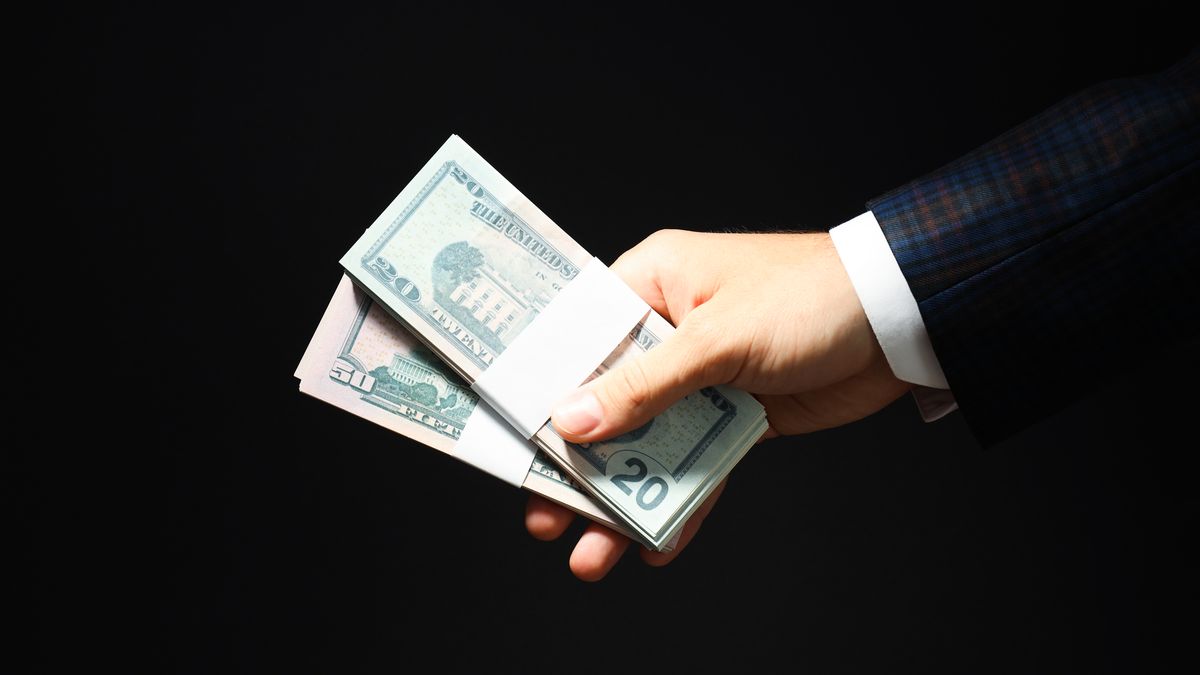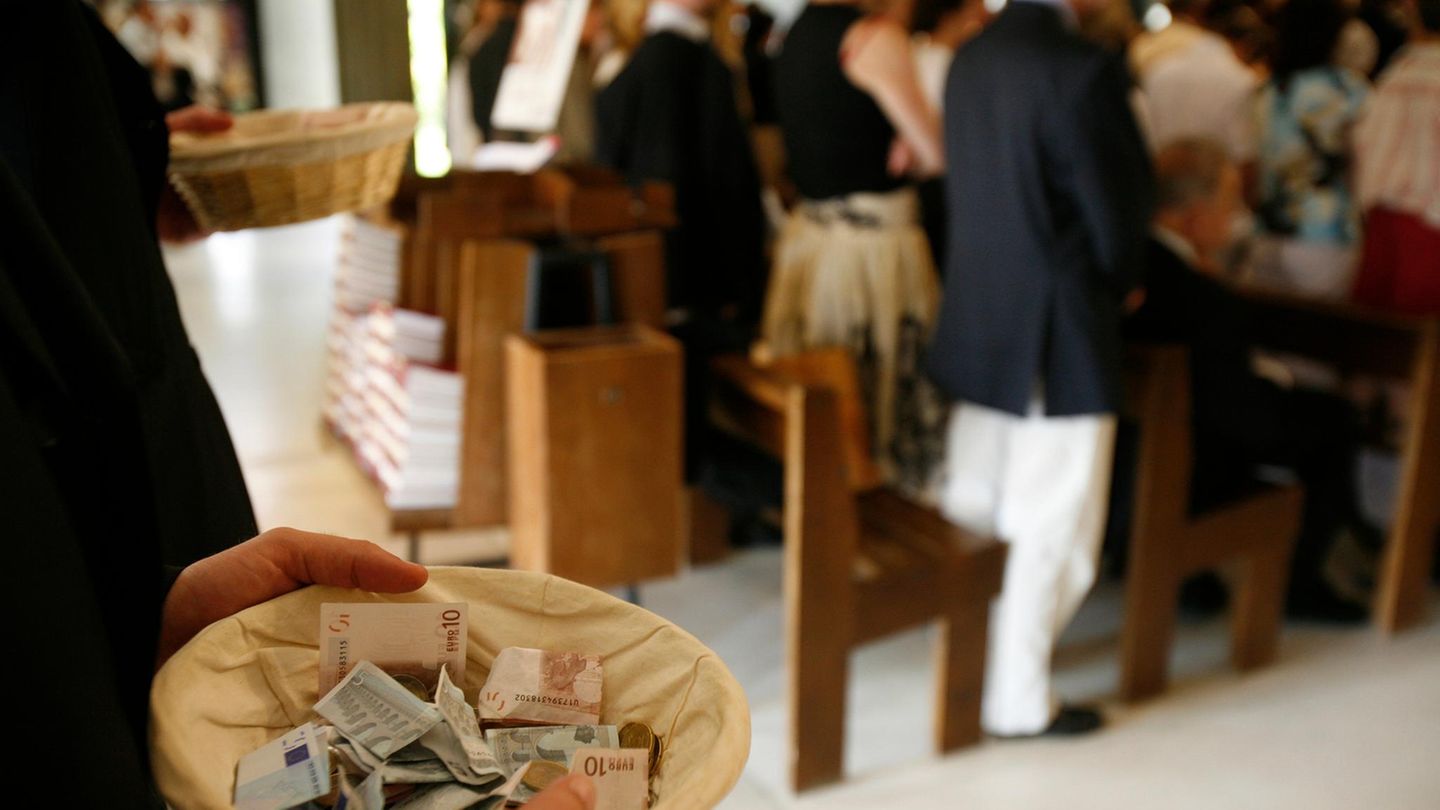The “savings” or “card” dollar remains the most expensive in the market, although its price was considerably reduced by tax decline.
From this February 1, savers looking for exchange coverage will be able to make use of their U $ S200 quota that the Central Bank (BCRA) allows to acquire the official retail exchange rate, more taxes. The dollar “savings” It remains the most expensive in the market, although with the elimination of the country tax its price was significantly reduced.
The content you want to access is exclusive to subscribers.
The so -called solidarity dollar contains a 30% surcharge for the perception of the income tax. Therefore, The current value is $ 1,395.55when before the country taxation it revolved around $ 1,670.


Even so, the value remains 14% above the Blue, which quotes around $ 1,220, and about 20% above the MEPwhich is located around $ 1,160. ANDn the last month the spred with both quotes climbed almost three percentage points.
In the case of MEPit is worth clarifying that, in addition to being cheaper and that it can be bought legally in banks and stock societies, it has the advantage that has no quantity limit. In some cases, financial institutions perform the entire operation, while in others it is the person who must first buy the Bonus A30 (or the GD30) in pesos, and then sell it in dollars, respecting the 24 hours of “parking” (time in which the title must be immobilized).
Savings dollar: Who will still be reached by the 30%surcharge?
- Savings dollar purchase or without specific destination linked to the payment of obligations in the MULC or the payment of import obligations of merchandise included in the common nomenclature of the South (NCM).
- Change of currencies carried out by the financial entities on behalf of the acquirer, tenant or borrower for the payment of goods and/or services carried out abroad, which are canceled by credit and debit cards. The purchases made in portals or virtual sites and any other distance purchasing modality are included.
- Acquisition of abroad services hired through travel and tourism agencies, wholesalers and retailers in the country.
- Acquisition of land, aerial and aquatic passenger transport services with destinations outside the country.
Dollar: What are the excluded operations of paying 30% of profits
The tax is in force for operations related to the so -called “Savings Dollar”, “Dollar Card” and “Tourist dollar” not to affect tax collection. However, the collection of dividends and the subscription in pesos or titles issued in dollars by the BCRA, which were previously reached by the “country tax” are excluded from the new regime.
But in addition, it is added within the resolution that the operations excluded will be the following:
- The expenses referring to health benefits, purchase of medicines, acquisition of books in any format, use of educational platforms and software for educational purposes;
- The expenses associated with research projects carried out by researchers who work in the field of the National State, the Provincial States, the Autonomous City of Buenos Aires and the municipalities, as well as the universities and institutions that are part of the Argentine University System.
- The acquisition abroad of equipment materials and other goods destined to the fight against fire and civil protection of the population by the entities recognized in Law No. 25,054 and their modifications.
- The acquisition of land transport services, passengers, bound for bordering countries.
Who can’t buy dollar MEP?
The following people cannot buy dollar MEP:
- Who have bought a solidarity dollar in the last 90 days
- Who plan to buy a solidarity dollar in the next 90 days
Who can’t buy dollar savings?
They cannot buy dollar saving the following people:
- Who bought dollar MEP or CCL in the last 90 days.
- Who charged salaries in 2020 through the production and work assistance program (ATP).
- Who charge social plans or state aid such as universal child allocation (AUH).
- Monotributistas who are ongoing credits at a subsidized rate.
- Who do not have their declared income.
- Bank accounts.
- Those who spent their U $ S200 quota, which includes the payment of services such as Netflix or Spotify in dollars.
- Those who have a payment plan to 12 fees for credit card debts.
- Who refinanced their debts for personal credits, pledge or mortgages.
- Beneficiaries of income reinforcement that was paid in May and June 2022.
- Those who receive state subsidies for the payment of light and gas rates since September 2022.
- People who enter the pension moratorium to retire without the 30 years of mandatory contributions.
- Registered, retired and pensioners of the ANSES who access the new credits of up to $ 400,000.
Source: Ambito
I am an author and journalist who has worked in the entertainment industry for over a decade. I currently work as a news editor at a major news website, and my focus is on covering the latest trends in entertainment. I also write occasional pieces for other outlets, and have authored two books about the entertainment industry.




